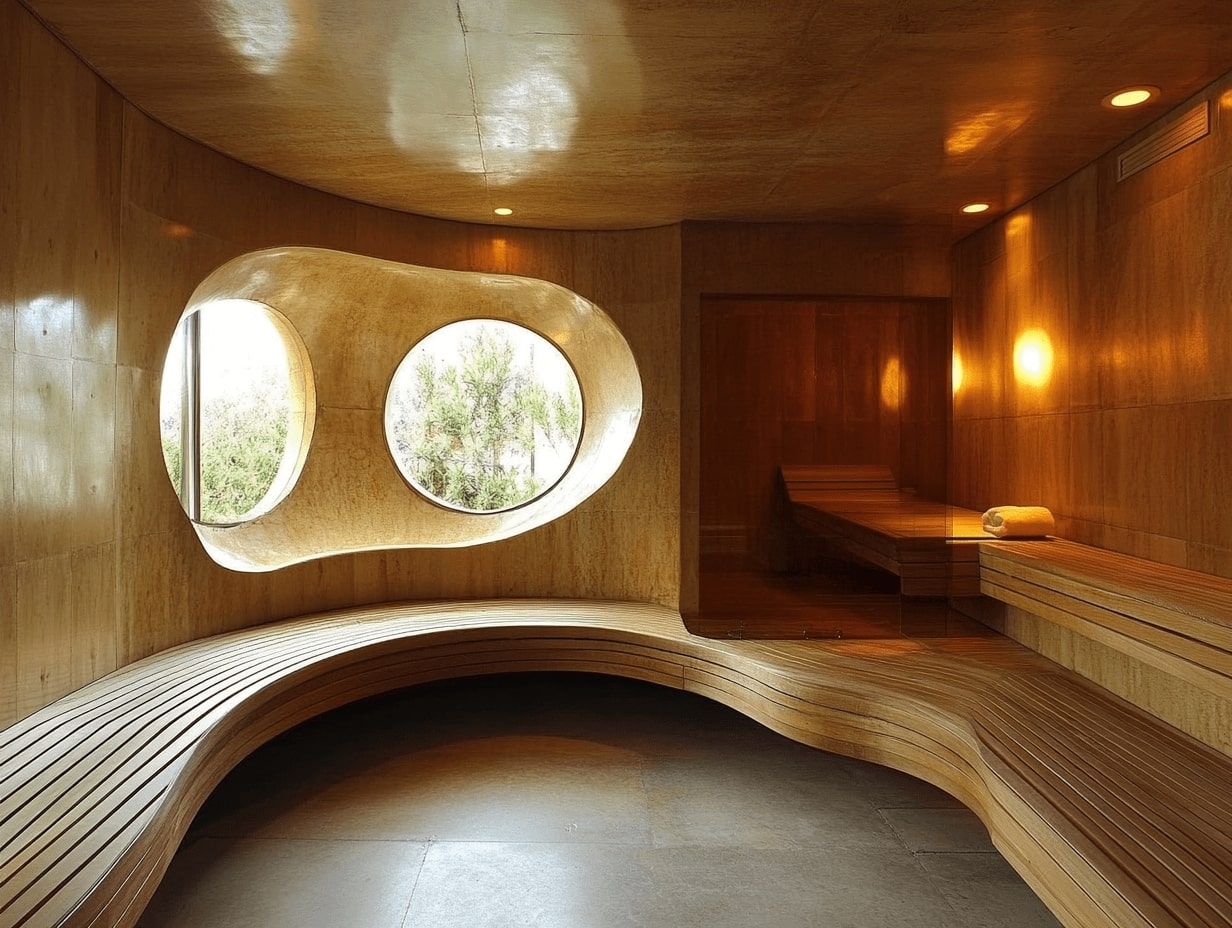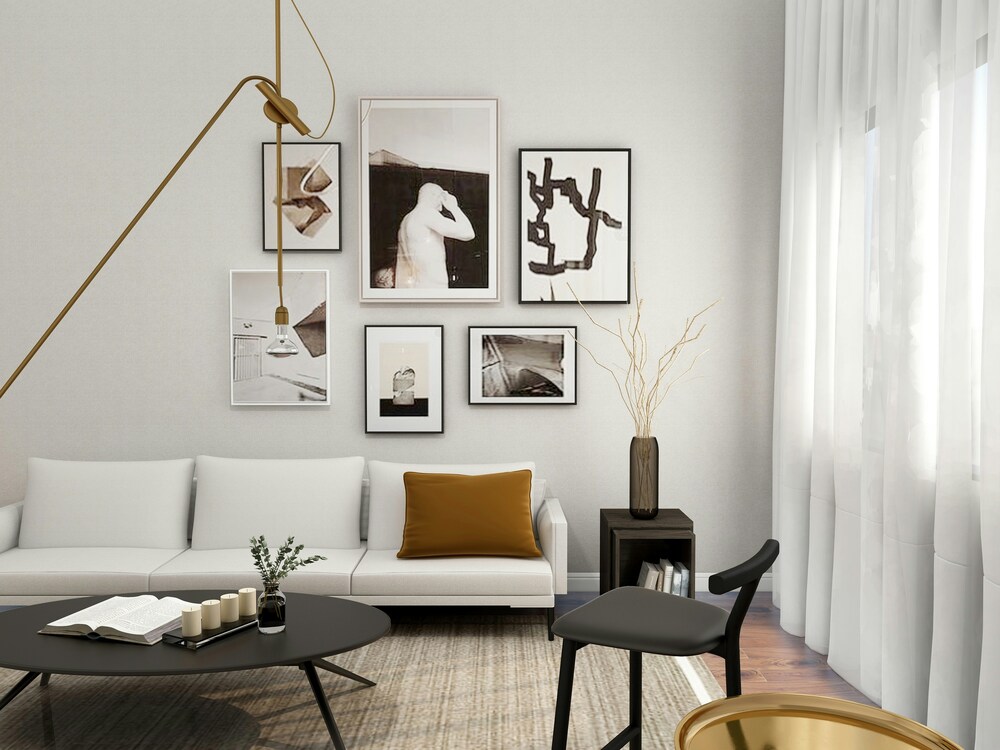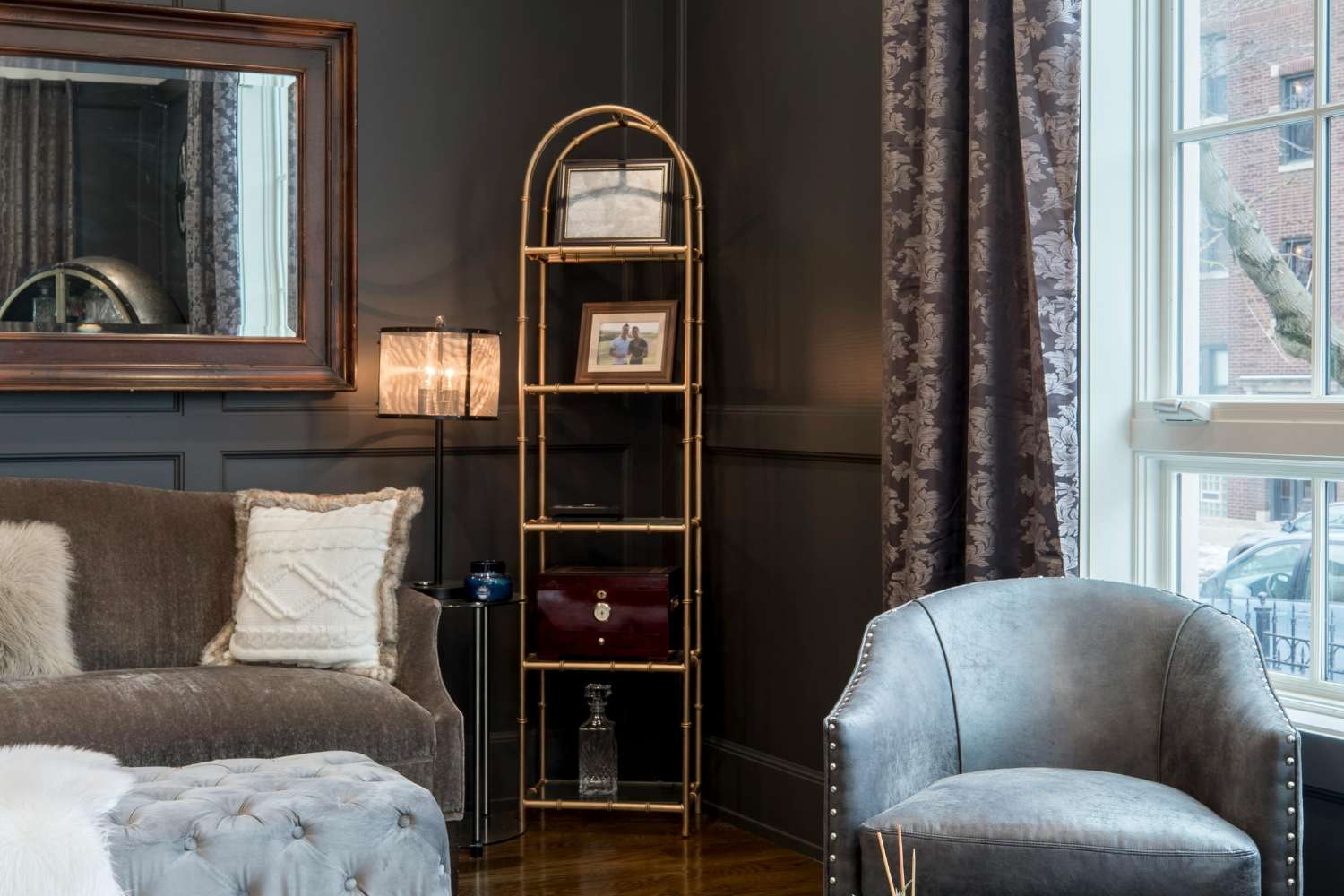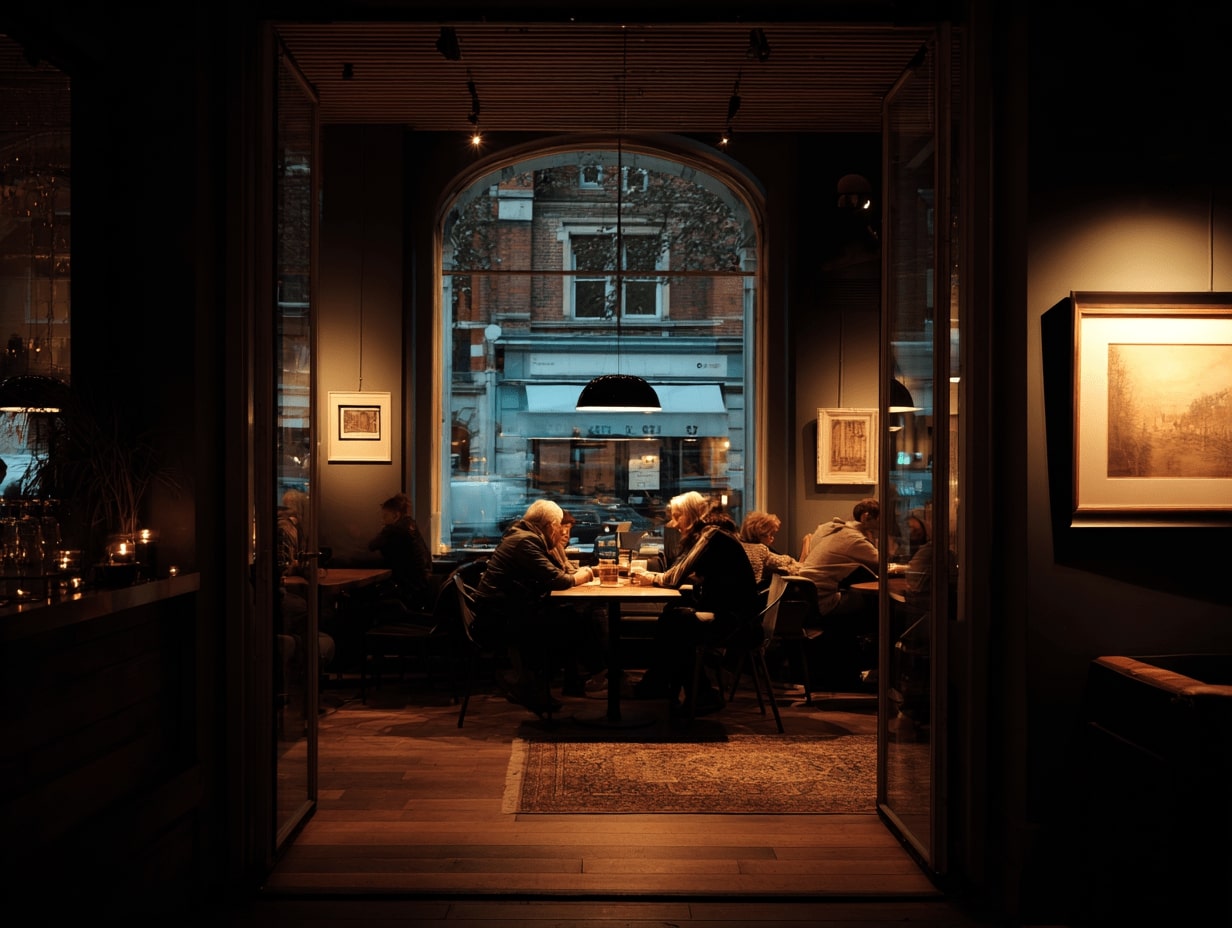- Home
- Articles
- Architectural Portfolio
- Architectral Presentation
- Inspirational Stories
- Architecture News
- Visualization
- BIM Industry
- Facade Design
- Parametric Design
- Career
- Landscape Architecture
- Construction
- Artificial Intelligence
- Sketching
- Design Softwares
- Diagrams
- Writing
- Architectural Tips
- Sustainability
- Courses
- Concept
- Technology
- History & Heritage
- Future of Architecture
- Guides & How-To
- Art & Culture
- Projects
- Interior Design
- Competitions
- Jobs
- Store
- Tools
- More
- Home
- Articles
- Architectural Portfolio
- Architectral Presentation
- Inspirational Stories
- Architecture News
- Visualization
- BIM Industry
- Facade Design
- Parametric Design
- Career
- Landscape Architecture
- Construction
- Artificial Intelligence
- Sketching
- Design Softwares
- Diagrams
- Writing
- Architectural Tips
- Sustainability
- Courses
- Concept
- Technology
- History & Heritage
- Future of Architecture
- Guides & How-To
- Art & Culture
- Projects
- Interior Design
- Competitions
- Jobs
- Store
- Tools
- More
Exploring Modern Architectural Sauna Designs: Innovation, Sustainability, and Aesthetic Trends
Explore the evolution of saunas into stunning modern architectural masterpieces. Discover how innovative materials, sustainability, and contemporary design merge to create personalized spaces that blend tradition, functionality, and nature, offering a transformative relaxation experience. Unlock insights into cutting-edge trends, iconic designs, and expert tips for crafting your dream sauna.

Saunas have long been a cornerstone of relaxation and wellness, but modern architectural designs are transforming these spaces into stunning works of art. Today’s saunas are more than just functional—they’re a blend of innovation, sustainability, and aesthetic appeal that elevate the experience to a whole new level.
As we explore these cutting-edge designs, we’ll see how architects are reimagining traditional elements while embracing contemporary materials and techniques. From sleek, minimalist structures to nature-inspired retreats, modern saunas are redefining how we connect with both ourselves and our surroundings.
Table of Contents
ToggleThe Evolution Of Sauna Design
Sauna design has undergone significant transformations, moving from traditional forms to stunning modern architectural interpretations. These changes reflect both cultural influences and technological advancements.
Historical Context And Traditional Saunas
Traditional saunas, originating in Finland over 2,000 years ago, featured simple log structures with wood-fired stoves. These early designs prioritized practicality, with thick wooden walls for insulation and minimal interiors. Smoke or “savusaunas” represented the earliest sauna type, using chimney-less stoves that filled the space with heat and smoke before venting.
As saunas spread globally, regional adaptations emerged. For example, dry saunas in Scandinavian countries maintained original wood-fired features, while steam-filled hammams became popular in the Middle East. Despite differences, traditional saunas emphasized therapeutic heat and social connection.
Transition To Modern Architectural Concepts
Modern architecture redefined sauna design by integrating innovative materials and versatile functionalities. Glass panels, concrete, and steel now complement classic wood, creating structures that embrace openness and natural light. Advances in heating technologies, like infrared panels, offer energy-efficient options.
Design approaches shifted, focusing on personalization and integration with surroundings. Examples include cliffside saunas with panoramic views and modular designs tailored for small urban spaces. These contemporary saunas often combine minimalism with nature, blending seamlessly with landscapes.

Key Elements Of Modern Architectural Sauna Designs
Modern architectural sauna designs combine creativity, sustainability, and practicality. They redefine traditional concepts using advanced techniques and materials to enhance both aesthetic and functional qualities.
Innovative Use Of Materials
Contemporary saunas showcase innovative materials like tempered glass, weather-resistant concrete, and sustainable timber. Glass facilitates natural light while maintaining a connection with the environment, as seen in saunas overlooking forests or lakes. Concrete adds durability, often used for urban saunas where robustness is critical. Reclaimed wood or thermally treated timber enhances ecological impact while ensuring excellent insulation.
Integration Of Sustainability And Eco-Friendliness
Sustainability is integral to modern sauna designs. Utilizing energy-efficient heaters and solar panels reduces energy consumption significantly. Saunas often leverage geothermal energy, especially in colder climates, minimizing reliance on non-renewable resources. Designs incorporate green roofs or locally sourced materials to reduce environmental footprints and harmonize with natural surroundings.
Minimalistic And Functional Design Features
Minimalism defines many modern saunas. Open layouts and neutral palettes create a calming atmosphere. Built-in seating, concealed storage, and multipurpose benches ensure a seamless experience without clutter. Functional elements, like hidden ventilation systems and streamlined lighting, enhance comfort while maintaining aesthetic harmony.

Notable Trends In Modern Sauna Architecture
Modern sauna architecture embraces innovation and creativity, combining traditional elements with contemporary designs. Notable trends highlight the fusion of indoor and outdoor spaces, integration of advanced technology, and customizable, modular installations.
Indoor And Outdoor Fusion
Sauna designs increasingly blend indoor comfort with outdoor aesthetics. Expansive glass walls create a seamless transition by offering unobstructed views of nature while maintaining privacy. Examples include saunas nestled in forests or atop hills, where designs utilize natural landscapes as living artwork. Architects also incorporate features like retractable doors, connecting indoor spaces to open-air terraces.
Technology Integration For Enhanced Experience
Advanced technologies redefine user experiences in modern saunas. Infrared heating systems provide targeted warmth, paired with customizable controls accessible via smartphones. Integrated ambient lighting systems, such as LED strips, offer dynamic mood settings. Air-quality sensors and automated ventilation systems further improve relaxation by consistently maintaining optimal conditions.
Customized And Modular Saunas
Customization allows saunas to cater to individual preferences and spatial constraints. Modular units adapt to urban and rural settings, enabling flexibility in placement and assembly. Designers offer options like interchangeable interior panels in sustainable wood and variable seating arrangements. Compact designs, including barrel or pod shapes, enhance accessibility, particularly in environments with limited space.

Inspiring Examples Of Modern Sauna Designs
Modern sauna designs push boundaries, blending creativity and innovation with functionality. Let’s explore architectural marvels and the distinct approaches between residential and commercial saunas.
Iconic Architectural Saunas Around The World
Several architectural saunas exemplify innovative design. Grotto Sauna in Ontario, Canada, features a sculptural design using CNC-milled wood, creating a seamless organic structure alongside the lake. In Norway, the Hammerfest Sauna is a triangular structure that integrates thermally treated wood and panoramic glass walls to immerse users in Arctic beauty. The solar-powered Sauna Madsauna in Finland combines eco-friendliness with modern aesthetics, built in harmony with its forest surroundings. These designs set benchmarks for blending nature, sustainability, and cutting-edge architecture.
Residential Vs. Commercial Sauna Designs
Residential saunas often prioritize personal spaces and align with individual preferences. Compact models, like prefabricated modular saunas, adapt easily to homes with limited space. Customized features, such as integrated chromotherapy or essential oil diffusion, enhance relaxation for private users.
Commercial saunas emphasize capacity and efficiency, integrating durable materials like stainless steel and weather-resistant wood. In luxury spas, examples include expansive layouts with tiered seating and advanced climate control systems to accommodate multiple users comfortably. By tailoring designs to their purpose, these saunas cater to diverse user experiences.

Designing Your Own Modern Sauna
Creating a modern sauna involves blending innovative design with functionality while tailoring it to personal preferences. It’s essential to balance aesthetics, sustainability, and practicality throughout the design process.
Key Considerations And Planning
Choosing the right location forms the foundation of effective sauna design. Indoor spaces, such as basements or bathrooms, offer convenience and privacy, while outdoor saunas provide a closer connection to nature. For example, placing an outdoor sauna near a scenic view can enhance relaxation.
Identifying heating solutions ensures optimal functionality. Electric heaters suit compact spaces, infrared panels provide energy efficiency, and wood-fired stoves evoke traditional sauna experiences. The choice depends on factors like space availability and energy sources.
Selecting materials impacts both aesthetics and durability. Sustainable timber adds warmth, tempered glass maximizes natural light, and weather-resistant concrete withstands diverse climates. Using insulating materials helps maintain energy efficiency while reducing operating costs.
Planning layouts optimizes user experience. Open layouts with built-in benches allow seating flexibility, while integrated storage maximizes space. Minimalistic designs that focus on clean lines and natural materials create a tranquil atmosphere.
Hiring Expert Designers And Architects
Collaborating with designers ensures customized solutions tailored to your space and preferences. Expertise in modern architecture enables professionals to incorporate innovative elements like modular designs or panoramic glass walls.
Architects contribute to structural integrity and environmental harmony. For instance, they can optimize natural ventilation or suggest eco-friendly energy systems like geothermal heating. Their technical knowledge prevents design flaws and ensures regulatory compliance.
Working with experienced teams often accelerates project timelines, eliminating potential construction delays. Many professionals also handle 3D modeling and mock-ups, helping visualize the final design before installation.
Conclusion
Modern architectural sauna designs represent a remarkable fusion of tradition and innovation. By incorporating contemporary materials like glass, concrete, and sustainable timber, these designs maintain aesthetic sophistication while ensuring durability and eco-friendliness. Integrating advanced technologies, such as energy-efficient heating systems and ambient lighting, enhances functionality and user comfort.
The flexibility in design offers diverse options, from modular configurations for urban settings to nature-inspired structures that seamlessly merge indoor and outdoor environments. Customization plays a central role, allowing us to create saunas that align with personal preferences, available space, and intended use.
Inspiring examples, such as the Grotto Sauna and Hammerfest Sauna, showcase how architects redefine the sauna experience through groundbreaking designs that prioritize sustainability and visual harmony. Whether for residential or commercial purposes, modern sauna architecture demonstrates the potential to improve relaxation experiences while fostering deeper connections with our surroundings.
- architectural wellness designs
- biophilic sauna design
- customized sauna solutions
- energy-efficient saunas
- innovative sauna features
- luxury sauna designs
- minimalist sauna designs
- modern sauna materials
- sauna artistry
- sauna building materials
- sauna construction trends
- sauna space optimization
- stylish sauna interiors
- sustainable wellness spaces
- trendy sauna design
illustrarch is your daily dose of architecture. Leading community designed for all lovers of illustration and #drawing.
Submit your architectural projects
Follow these steps for submission your project. Submission FormLatest Posts
The Revival of Chunky Fiber Crafts in Modern Interior Design
Contemporary interior architecture has shifted away from hard minimalism. After a decade...
What Have Been the Biggest Interior Design Trends of 2025 – And Are They Here to Stay?
Differentiating between timeless and fleeting designs? This talent is what separates great...
Minimalist Luxury Interior Design for Modern Dubai Homes
Minimalist luxury is quickly becoming the signature look in many Dubai homes...
Where Coffee Meets Design in Captivating Cafés
Coffee shop design that captivates: a practical guide to lighting, acoustics, flow,...












Leave a comment